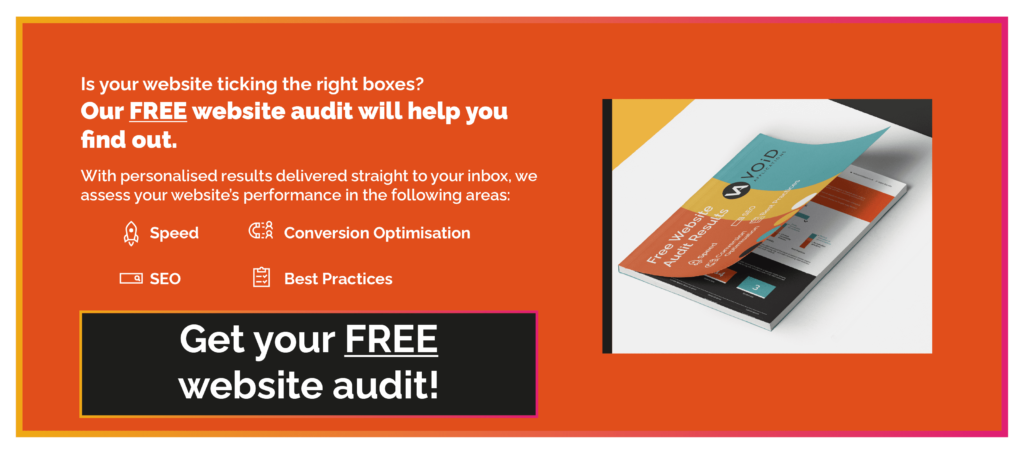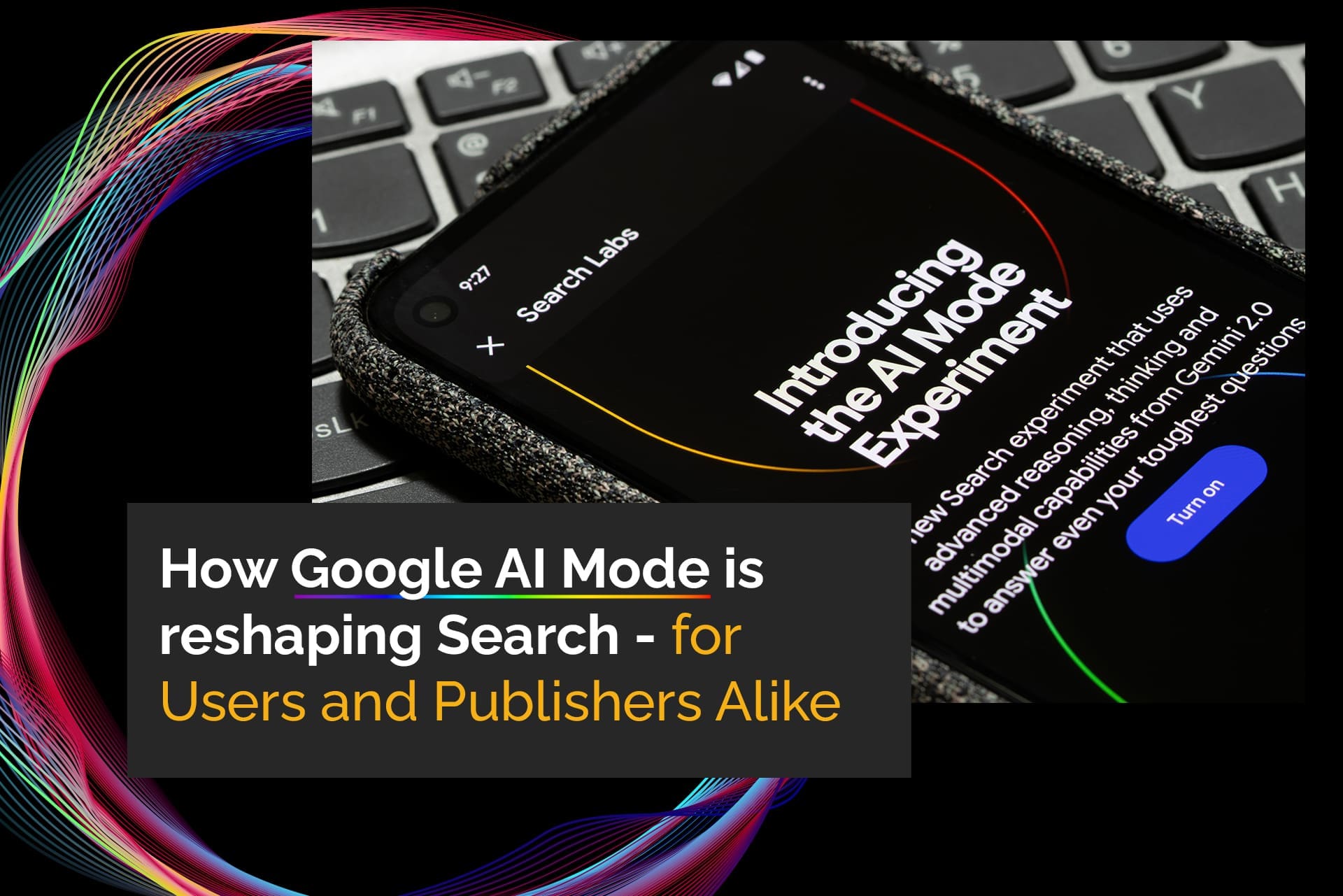Staying ahead of the latest web development trends in 2025 can help businesses boost their digital visibility, improve customer journeys, and remain competitive in a crowded market. From building mobile-first experiences to embracing AI-powered tools, modern web strategies are helping organisations transform how they connect with their audiences.
At VOiD Applications, we work closely with businesses across the West Midlands to develop smart, forward-thinking digital solutions. Although this article focuses on trends impacting businesses in the West Midlands, these insights are relevant to any organisation looking to thrive in today’s fast-moving digital world.
Table of Contents
The smartest approach blends AI efficiency with human insight, creating digital experiences that feel both innovative and authentic, while still keeping the human connection at the heart of every interaction.
1.
AI Integration and Automation in Web Development
Artificial intelligence is transforming the way businesses build and manage their websites. AI is streamlining customer service through intelligent live chat systems, personalised content recommendations, and automated email responses that create smoother, faster user experiences.
Tools like ChatGPT2, Microsoft Copilot3, and AI-powered analytics dashboards allow businesses to gather insights, automate routine tasks, and deliver highly targeted content without heavy manual input. This can save time, reduce operational costs, and help brands stay connected with their audiences in more meaningful ways. AI can also help analyse customer behaviour patterns, predict future trends, and offer personalised solutions that better meet user needs, helping businesses stay one step ahead of competitors.
However, while AI offers exciting possibilities, businesses should be cautious about relying solely on automation to drive their digital strategies. AI can miss the emotional nuance and human understanding that customers value in their interactions. Human creativity, critical thinking, and personalised attention still play a vital role in building trust and delivering genuine value online.
The smartest approach blends AI efficiency with human insight, creating digital experiences that feel both innovative and authentic, while still keeping the human connection at the heart of every interaction.
2.
Responsive Design as a Non-Negotiable Standard
With mobile devices accounting for nearly 60% of global web traffic1, having a responsive website is no longer an optional upgrade–it’s a fundamental requirement. Users today expect seamless, fast experiences whether they are browsing on a smartphone, tablet, or desktop, and businesses that fail to deliver risk losing visitors within seconds.

Google’s move to mobile-first indexing reinforces the importance of responsive web design. This means Google predominantly uses the mobile version of a site for ranking and indexing purposes. If your website isn’t optimised for mobile, it may not only frustrate users but also perform poorly in search engine rankings, which can impact visibility, traffic, and lead generation.
Modern responsive design is about more than just shrinking content to fit smaller screens. It involves thoughtful layouts, flexible images, touch-friendly navigation, and fast-loading pages that offer the same quality experience across all devices. Investing in responsive design helps businesses stay competitive, improve engagement rates, and meet the growing expectations of today’s mobile-first audiences. Companies that prioritise responsive web experiences are better positioned to attract and retain their customers in an increasingly mobile-driven world.
3.
Progressive Web Apps (PWAs) for Enhanced Performance

Progressive Web Apps, or PWAs, are quickly becoming a popular choice for businesses that want to deliver faster, more reliable digital experiences without the cost of developing native mobile apps. PWAs combine the best features of websites and mobile apps, offering users a smooth, app-like experience directly through their browser.
But one major advantage of PWAs is offline access. They allow users to continue browsing certain parts of a website even without an internet connection, making them perfect for customers on the go. PWAs also load faster, respond more smoothly to user interactions, and often take up less storage space on a device compared to traditional apps. For a more detailed look at how PWAs work, you can explore our previous article on this topic here.
Businesses such as local retailers, manufacturers, and service providers can greatly benefit from implementing PWAs. They offer a convenient way to engage customers, speed up the shopping or booking process, and improve user satisfaction without requiring users to download anything from an app store. In today’s competitive digital landscape, offering a quick and flexible online experience can set businesses apart and help them build stronger connections with their audience.
4.
Website Speed & Core Web Vitals
Website speed is one of the most important factors influencing user satisfaction, search rankings, and bounce rates. Studies show that if a page takes longer than three seconds to load, more than half of users will likely leave before it finishes4, as you can see reports were covering this as early as 2016 and before. A slow website not only frustrates visitors but also damages a business’s visibility on search engines like Google.

Core Web Vitals are a set of specific metrics that Google uses to measure user experience on a website. They focus on three key areas: loading performance (Largest Contentful Paint), interactivity (First Input Delay), and visual stability (Cumulative Layout Shift). These measurements help determine how fast and smooth a site feels to users, which directly affects how well it performs in search results.
Optimising for Core Web Vitals involves improving server response times, compressing images, using faster hosting, and minimising unnecessary code. Tools like Google PageSpeed Insights4 and Lighthouse5 can provide clear reports showing where improvements are needed. In short, businesses that focus on website speed and Core Web Vitals are better positioned to attract and retain customers while also boosting their SEO performance.
Maintaining GDPR compliance for websites isn’t just a legal requirement; it’s a way to build loyalty and confidence among customers.
5.
Privacy-First Development and Cookie Management
As digital privacy becomes more important than ever, businesses must take clear steps to protect user data and comply with regulations like GDPR. Customers today expect transparency about how their information is collected, stored, and used, and failing to meet these expectations can harm both trust and reputation.
The rise in GDPR compliance for websites has led to an increased use of cookie consent tools, privacy policies, and user-friendly data management systems. Simple practices like giving users clear choices, limiting unnecessary data collection, and offering easy access to privacy settings are now considered basic standards for any serious online business.
Maintaining GDPR compliance for websites isn’t just a legal requirement; it’s a way to build loyalty and confidence among customers. Easy-to-implement tools and native consent banners can help businesses stay compliant without disrupting the user experience. Clear, accessible privacy notices and regular updates to cookie management systems are also important steps in keeping websites safe and trustworthy.
Being open about privacy practices and putting users in control of their data sends a powerful message that the business values trust, honesty, and long-term relationships built on transparency.
Bonus Trend
Bonus Trend
Local SEO-Driven Web Architecture
For businesses that want to dominate local search results, building a strong, SEO-focused website structure is more important than ever. Thoughtful site architecture, the use of schema markup, and accurate local citations all play a vital role in helping companies appear in relevant regional searches.
By structuring a website with clear navigation, well-organised content, and detailed service area pages, businesses make it easier for both users and search engines to understand what they offer and where they operate. Implementing schema markup, as explained in our guide to schema SEO, helps highlight key information like business addresses, reviews, and opening hours, improving visibility in local search results and on Google Maps.

For West Midlands-based businesses, investing in local SEO strategies is a smart way to compete more effectively within the region. Local customers are often searching for nearby solutions, and businesses that prioritise strong web architecture and trusted citations will naturally stand out. Whether you run a retail shop, a manufacturing firm, or a service-based company, focusing on local SEO can drive more targeted traffic, boost brand awareness, and support long-term regional growth.
Conclusion: Adapting to Thrive in a Digital Economy
Businesses these days cannot afford to stand still. Keeping pace with modern web development trends in 2025 is not just about having the latest technology; it’s about delivering better customer experiences, improving online visibility, and building long-term success. As new tools, standards, and expectations continue to evolve, businesses that adapt and innovate will be the ones that thrive.
Now is the perfect time to audit your current website, identify areas for improvement, and start making changes that will keep you competitive both locally and beyond. From faster load times and better mobile experiences to stronger privacy practices and smarter SEO strategies, every improvement helps move your business forward.
Need help implementing these trends? Talk to VOiD Applications today. Our team is ready to help you transform your digital presence and set your business up for future success.








